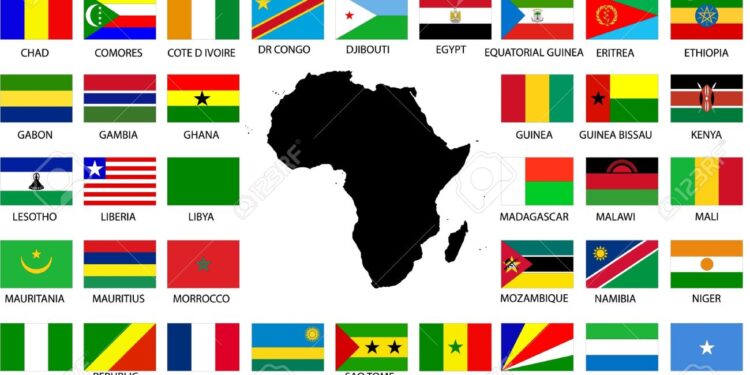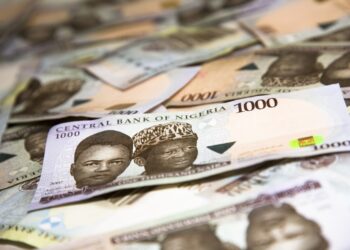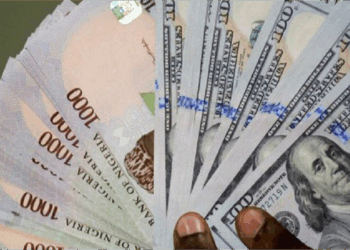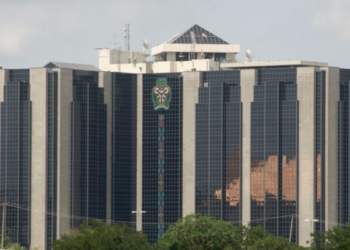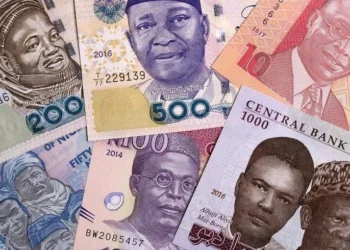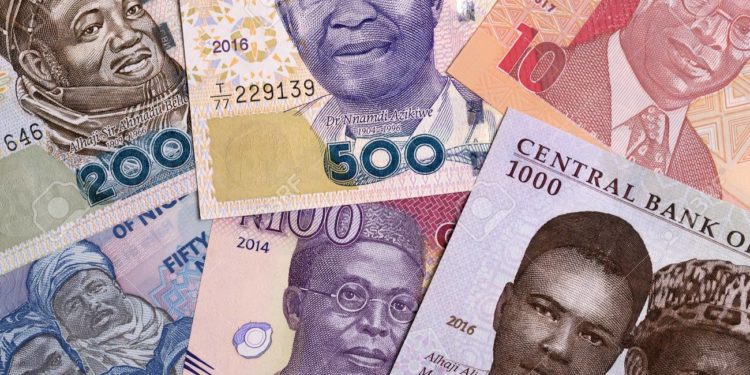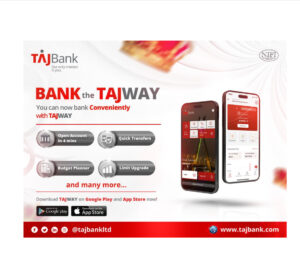With inflation remaining a major challenge across African economies, central banks have adopted aggressive monetary tightening measures to stabilize currencies and contain rising prices.
According to data compiled by Nairametrics, Nigeria, Zimbabwe, and Ghana are among the countries with the highest Monetary Policy Rates (MPR) on the continent.
The MPR, a benchmark interest rate for lending and borrowing, remains at elevated levels across Africa, reflecting the difficult trade-off between stabilizing prices and promoting growth.
As of September 2025, Zimbabwe leads with a staggering 35% rate, while Nigeria ranks second at 27%. Ghana, Angola, and others also feature prominently. These high rates make borrowing costly for businesses and households, further slowing investment and consumption.
Below is a country-by-country snapshot of the Top 10 African countries with the most expensive borrowing rates, alongside recent inflationary trends and policy decisions.
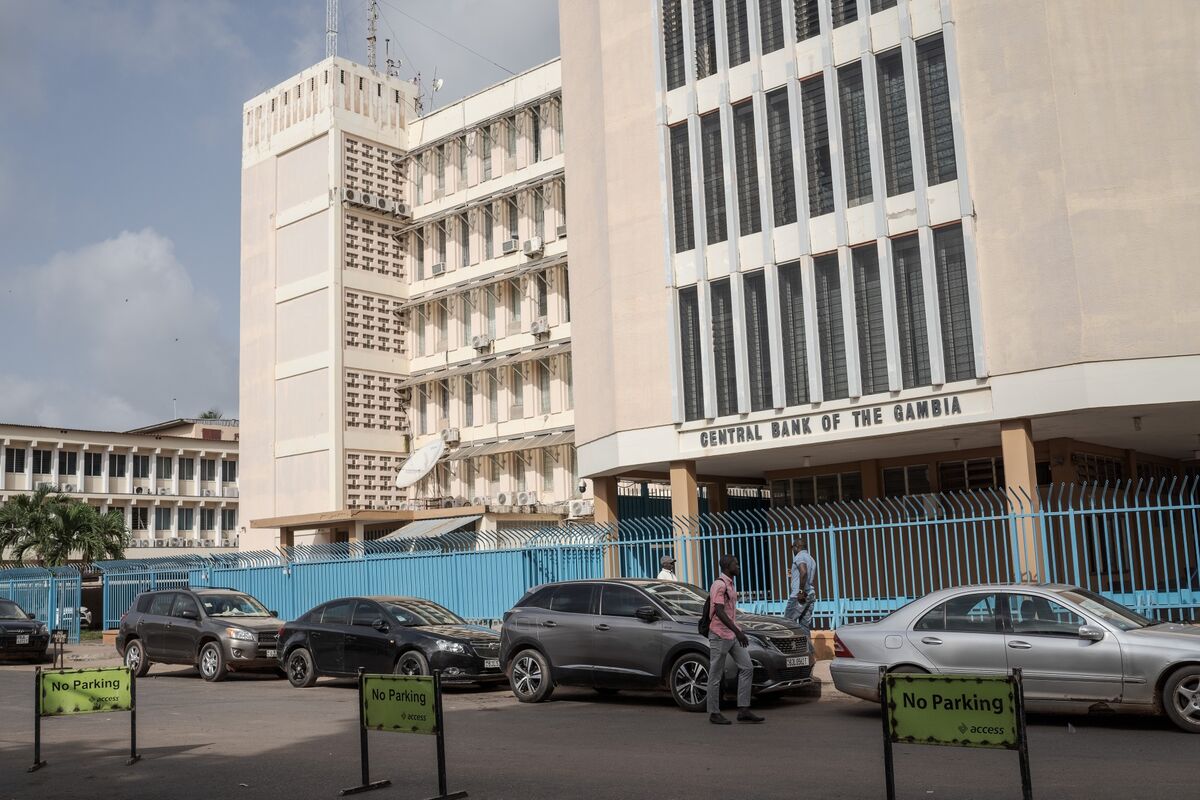
The Central Bank of The Gambia (CBG) has been on an unwavering mission to bring down inflation, a key risk to economic growth. For this reason, the bank has maintained its policy rate at 17% since September 2023.
At its meeting held on September 1 and 2, 2025, the country’s apex bank decided to maintain the Monetary Policy Rate (MPR) at 17 per cent.
The bank based its decision on the recent decline in the country’s inflation rate. According to the apex bank, inflation has moderated significantly, easing to 7.2 per cent in June 2025 before edging up slightly to 7.5 per cent in July.
The country’s current account deficit widened to US$36.9 million (1.5 per cent of GDP) in the first half of 2025, from US$25.1 million (1.1 per cent of GDP) in the first half of 2024.
According to CBG data, the goods account deficit widened to US$488.0 million (20.3 per cent of GDP) in the first half of 2025, compared to US$474.4 million (20.2 per cent of GDP) in the first half of 2024.
The country’s total imports of goods increased by 11.3 percent to US$697.7 million, primarily driven by electricity, fuel, construction and food imports. Meanwhile, total exports grew by 37.3 per cent, reaching US$209.7 million during the same period.
The apex also noted that the exchange rate of the country’s currency, Dalasi, showed moderate depreciation in the second quarter of 2025, despite an improvement in foreign currency supply conditions.

